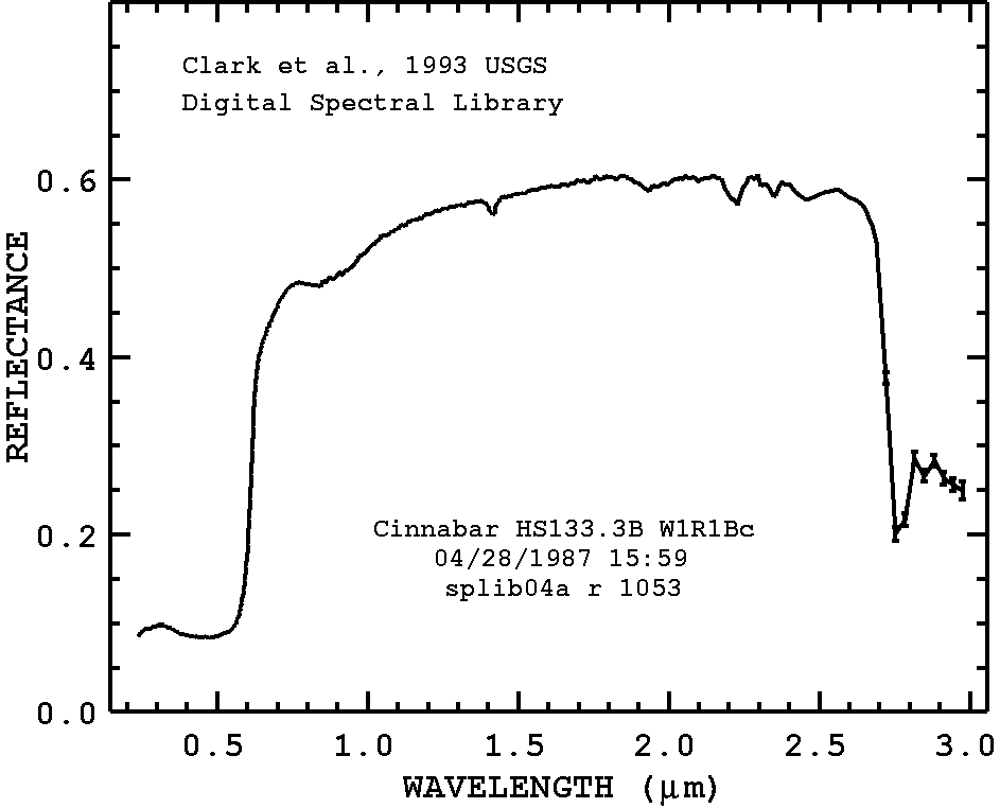Raman & Fourier-Transform Infrared Spectroscopy
Materials analysis
There are a number of techniques available for art materials analysis. These allow art scientists to find out which pigments, binders or varnishes were in use when a piece of art was being created.
Here we will outline a few of spectroscopic methods used by experts.
X-ray fluorescence spectroscopy
The techniques referred to as X-ray fluorescence spectroscopy (or simply XRF) utilizes X-ray radiation in order to excite atoms and make them emit specific wavelengths. After the atom is excited, the electrons start recombining inside it, which leads to emission of a number of photons. The wavelengths of these photons contain the information on the chemical element. Thus, by gathering up all the photons from the material irradiated one can decide on which elements are present, and in what quantities.
An important feature of this method is that it does not require extraction of samples to be analyzed. This makes the method truly non-destructive.


Infrared spectroscopy
Infrared not only can show us something hidden beneath the layers of paint. As well, one can make use of the fact that different paints differ in their transparency depending on their composition and on the wavelength of infrared light used.
If someone is to measure transparency or reflectance of some kind of artistic paint experimentally, it will be evident that the transparency is not uniform - it changes with wavelength.

This fact allows for distinguishing different paints by their spectra. For this purpose analysts utilize a range of devices (spectrometers), which range by resolution, form factors, wave bands and other parameters.
A common way to get spectrum is to pass the light through a prism or a diffraction grating to spatially separate light with different wavelengths. However, today there is a more sophisticated way based on the use of Michelson interferometer in the design of the spectroscopic device. This technique is known as Fourier-transform spectroscopy (FTIR).
Raman spectroscopy
The main point of the phenomenon of Raman shift is appearance of additional frequencies in optical spectrum of light scattered by examined material. All the spectral lines of incident light appear to be accompanied by two "satellites" – additional lines in scattered light located at the each side of the main spectral peak. It was shown that the reason of that is vibrations of scattering molecules, giving additional frequency to electrons, re-emitting the incident light.


The vibrations are closely related to the intrinsic degrees of freedom of the molecule, or, in other words, they depend on its structure. That means that the scattering molecule adds its "signature" to the scattered light. Thus, a specialist who study these spectra can recognize that signature and guess which molecule presents in a studied sample.
The method of Raman spectroscopy has found great use in study of artistic materials – e.g., paints, grounds, varnishes. Specific spectral lines in scattering spectra give information on dyes used, and the intensities of the lines are related to concentrations of pigments. This information in the hands of an art specialist can reveal a fake or a later restoration.
Additional lines in Raman spectra can appear with time due to deterioration of materials. That can be caused by change of chemical composition of material due to high concentration of sulfur di- and trioxide in atmosphere like in some industrial districts of town where the artwork was stored.
The same method can be used for examination of deterioration of metal structures – for example of oxidizing of bronze statues and, again, revealing different dominant chemical elements in the atmosphere surrounding the statue in past, or, revealing the forgeries.
All this makes the method of Raman spectroscopy to be a great complementary technique for restoration and authentication. Being enrolled together, Raman spectrometer, Infrared spectrometer and XRF device can provide full information on chemical contents and structure of tested sample, give information on chemical deterioration – even at the early stages.